What is a trunking lighting system
A trunking lighting system is a continuous-row lighting assembly designed with a modular concept. Many commercial and industrial lighting applications, such as offices, supermarkets, retail stores, libraries, warehouses, airports, schools, laboratories, etc. demand a robust lighting system that provides effective, adaptive and efficient lighting in a visually and architecturally cohesive form. The flexible trunking system adapts individually to complex lighting tasks while providing a future-proof platform that echoes the advancements in lighting technology. The scalable and modular feature of trunking systems gives lighting designers a great amount of options and customizations that can be implemented without much hassle.
Construction and configuration
A trunking lighting system consists of trunking rails, rail mounted luminaires and accessories. A trunking rail is a rigid aluminum extrusion or roll-formed sheet steel channel that allows the passage of power cables and provides a support structure for the luminaires. The trunking rail has a 3-, 5-, 7-, or 11-pole current conducting section built into its trunking. The 3-pole version is used for a single ON/OFF power line, the 5-pole version allows DALI dimming control or three-phase design for high load applications, the 7- and 11-pole versions allow to integrate more additional functionalities such as emergency lighting for a full-featured system.
Using various node connectors, the trunking rails of various lengths can be joined to provide a seamless look for continuous runs throughout a facility. X, L, T and flexible connector elements allow the linkable configuration to be made in a myriad of variants. The push-in node connector has electrical feed-in and feed-out points, which allow it to connect the wires inside the trunking while providing mechanical engagement of the trunking rails. Trunking rails can be suspended, surface-mounted and recessed into ceilings.
LED luminaires
The trunk rails are designed in a way that luminaires can be clicked into the rail without the use of any tools. A vast variety of LED luminaires can be incorporated into trunking systems for ambient, accent or task lighting. Luminaires can be positioned in the rails flexibly. They can be randomly located or connected end-to-end to create a continuous-row lighting system. Most rail mounted lighting systems are linear LED luminaires. The compact size and directionality of mid-power LEDs allow all of the light produced by the light source to be extracted and controlled using compound lenses. The wide variety of secondary optics for linear lighting systems are available in asymmetric, bi-asymmetric, narrow, wide, and very wide distributions. The precision molded optics allow effective delivery of light in large, open, high-ceiling spaces as well as racked aisles, shelving areas, and narrow traffic routes such as corridors, passages and aisles.
Endless versatility
Trunking systems are versatile enough to adapt to a multitude of uses with their ability to deliver power throughout the trunking rails. Virtually all type of indoor luminaires that are designed with rail adapters can be mounted to trunking systems. These luminaires range from downlights, directional spotlights, pendants and ceiling lights for institutional, commercial and retail lighting to high bay lights and vapor-tight luminaires for industrial overhead lighting. Unparalleled design flexibilities and lighting control capabilities of trunking systems open up an array of options for creative lighting design.

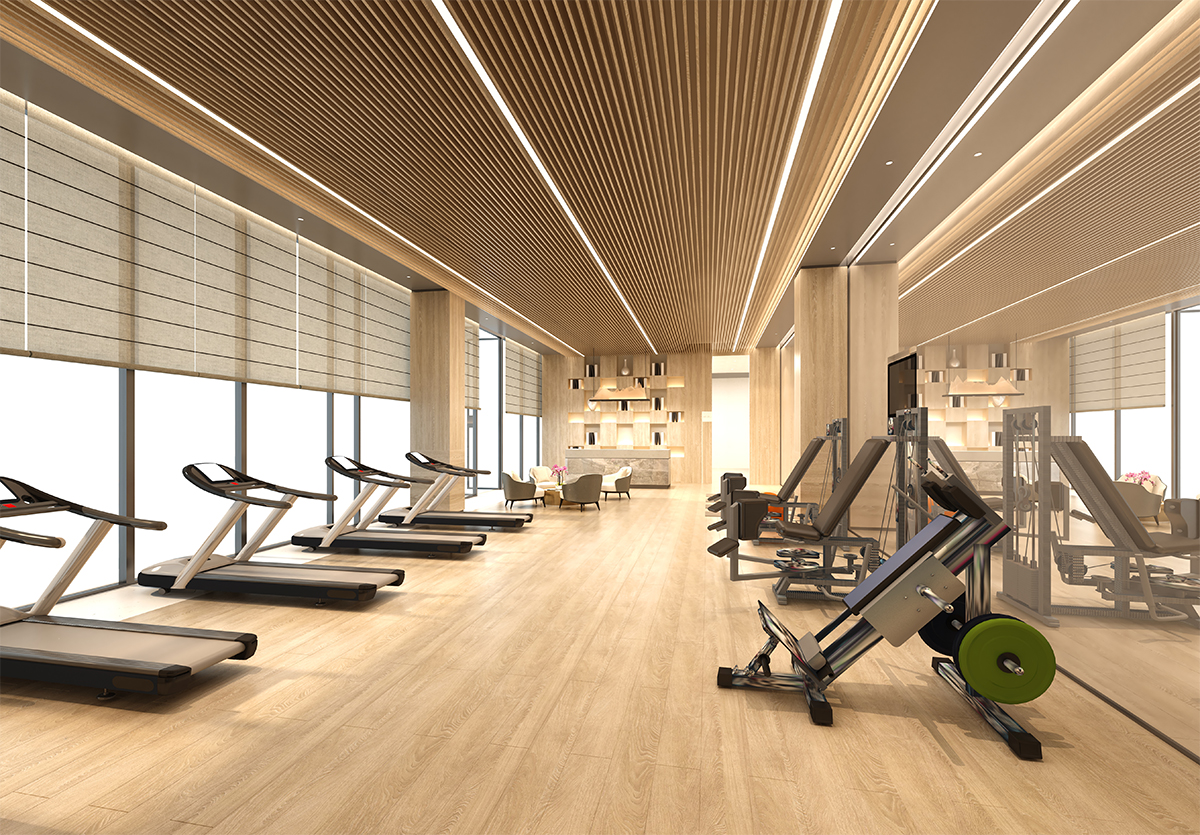

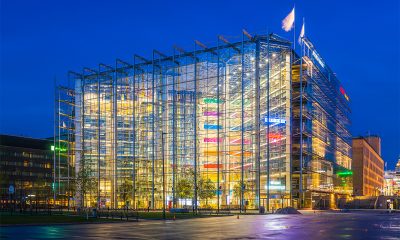


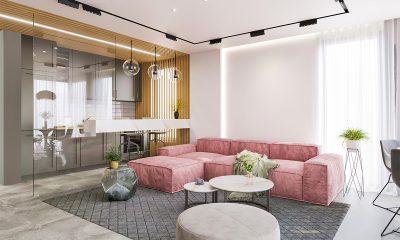
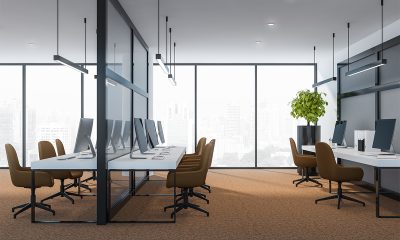
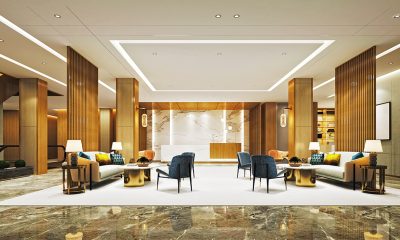

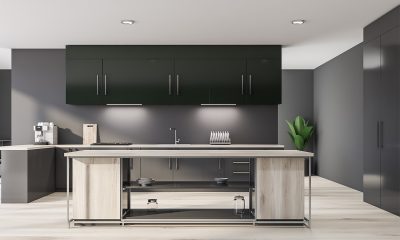








Loading...